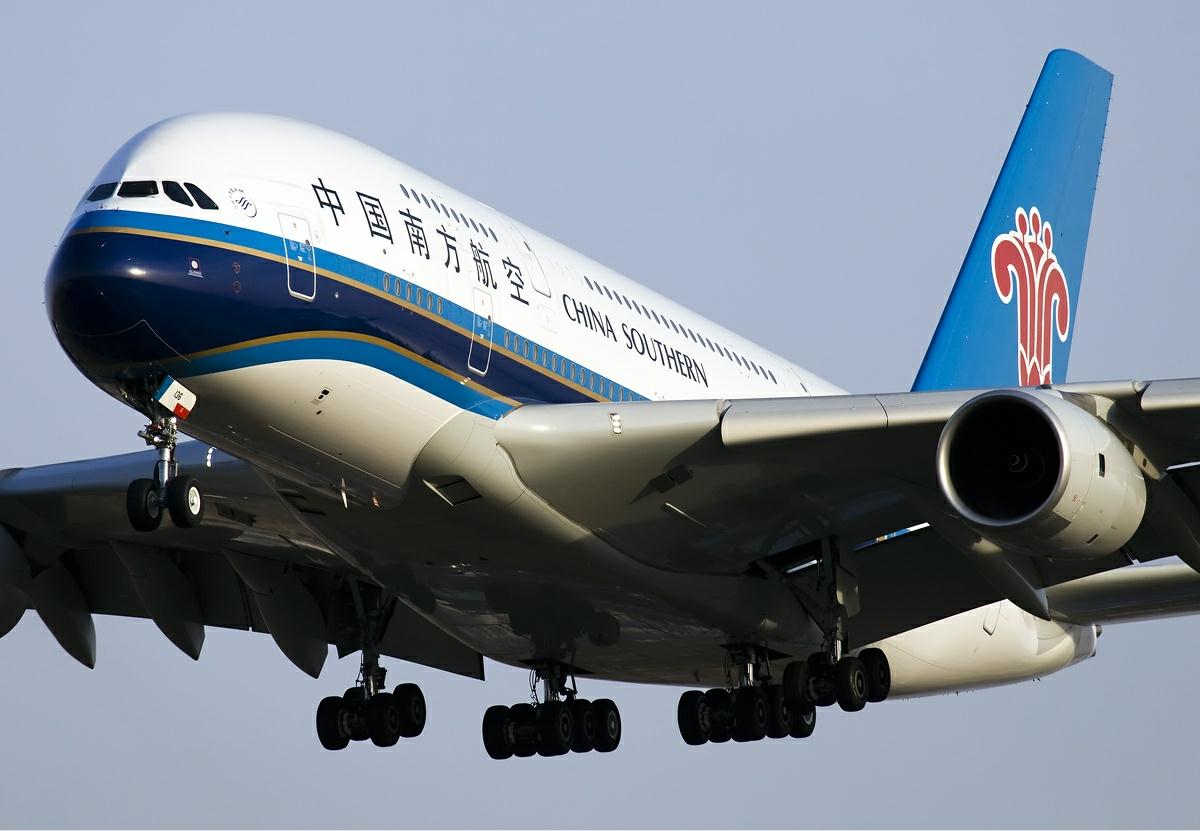Despite weakened yields in the trans-Pacific market, China Southern is looking to boost its capacity serving North America. This comes on the heels of a new route launched last year, while the Guangzhou-based airline ramped up frequency on existing freighter routes to the US.
The latest air cargo numbers from the Association of Asia Pacific Airlines (AAPA) do not make for cheerful reading. The organization reported a 12.1% decline in freight ton kilometres in February for its members. In part, this is due to the Lunar New Year seasonal slowdown in factory activity, but the AAPA attributes the slowdown also to weakness in global trade volumes.
Downward pressure on load factors has persisted, with the average international freight load factor dropping 8.6 percentage points to 56.8%, factoring in a 1.3% rise in available capacity.
“Air cargo markets are showing further declines, reflecting the slowdown in global trade and raising some deeper concerns about the future outlook for the wider global economy,” said AAPA director general Andrew Herdman.
Herdman pointed out that passenger demand, on the other hand, has remained healthy, fuelling further orders for widebody aircraft, a trend that will bring in more bellyhold capacity.

However, the additional passenger flights have only marginal impact on the trans-Pacific market, noted Shawn McWhorter, president for the Americas at Nippon Cargo Airlines. On shorter sectors like intra-Asia routes, these new widebodies add significant capacity, but the stage length across the Pacific seriously limits their payload capability, he said.
Of far greater concern to McWhorter has been an influx of freighter capacity prompted by low fuel costs, which lowered the threshold for operating across the Pacific. Spotting an opportunity, a number of carriers jumped into the trans-Pacific market, he pointed out.
Predictably, this has kept up the downward pressure on airline yields.
Spot rating remains rampant. This is aggravated by shippers’ reluctance to finalize freight contracts as they hold out for lower rates, one forwarder reported. As a result, forwarders cannot make long-term capacity arrangement with airlines, he added.
On the airline side there have been some efforts to rein in capacity to North America, but overall competition for US-bound freight remains fierce, having wiped out previous discipline in pricing among carriers, one Asian airline executive noted.
Despite these developments, China Southern sees the best opportunities for growth across the Pacific.
“The economy of [the United States] is steadily growing compared to that of the whole world. Hence we are going to develop more on the America market by enriching the [Guangzhou-US network] and increasing frequency of the routes to Chicago when there is spare capacity,” a spokesperson for the Chinese airline declared.
The airline has been striving to develop its home base as a second trans-Pacific gateway to its Shanghai Pudong hub. With four new Boeing 777 freighters added to its fleet last year, it launched twice-weekly freighter service from Guangzhou via Anchorage to Chicago last October and added a Guangzhou-Los Angeles freighter, which operates four days per week. In addition, China Southern increased frequencies on existing routes from Shanghai to Los Angeles and Chicago.
According to the spokesperson, China Southern is now the second-largest carrier in Los Angeles in terms of international cargo capacity. It currently operates 18 freighter flights a week to North America, in addition to 25 passenger frequencies.
Given the imbalance in flows, westbound rates across the Pacific are not likely to lift the profitability of new trans-Pacific flights. On a positive note, China Southern has registered growing interest in e-commerce flows from North America to its home market, which is boosting westbound loads.
“Chinese people’s income level is going up; buying high-quality commodities from America becomes a growing desire, and this increases the demand for transnational e-commerce cargo transportation,” the spokesperson said.
By Ian Putzger
Air Freight Correspondent | Toronto




